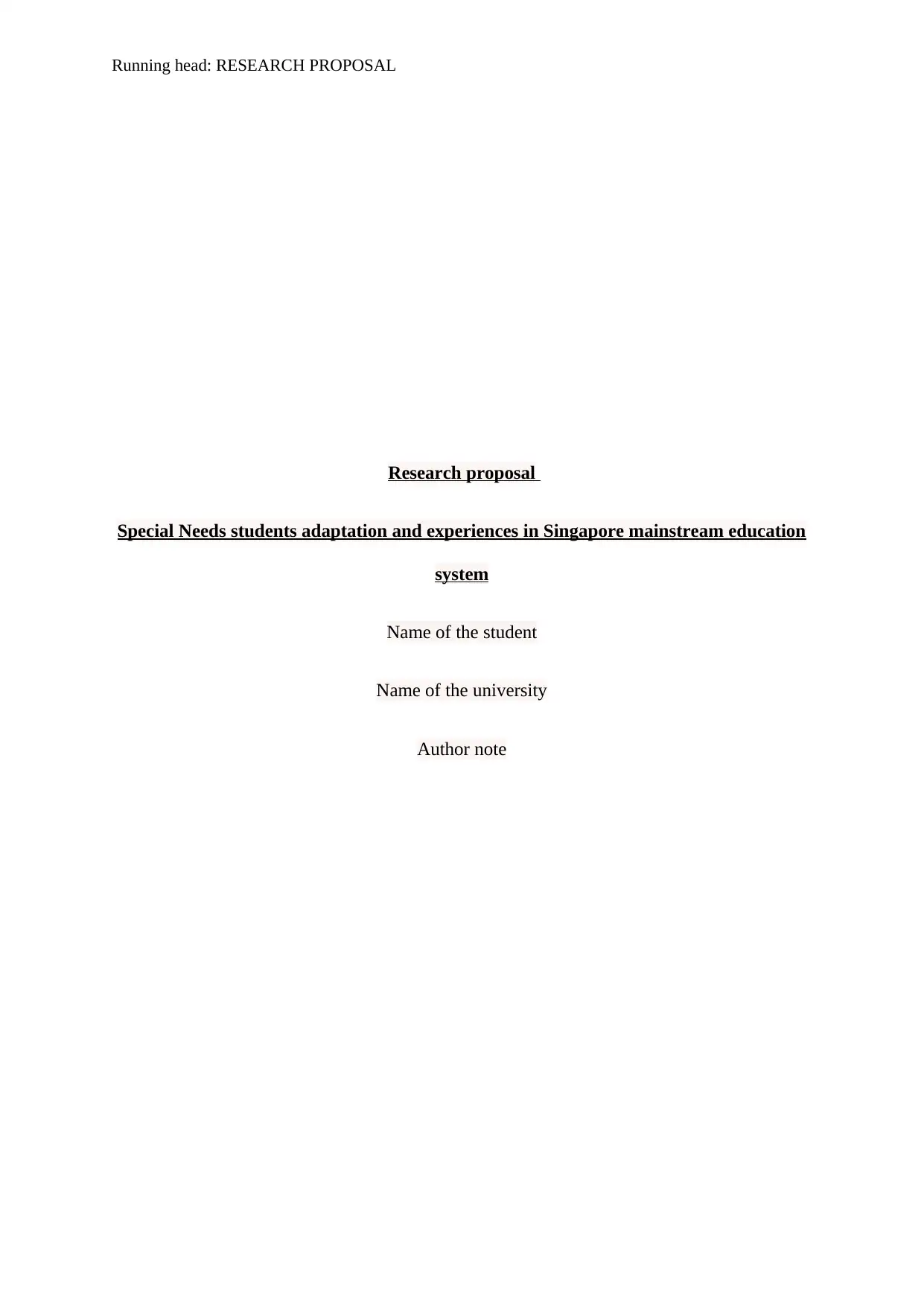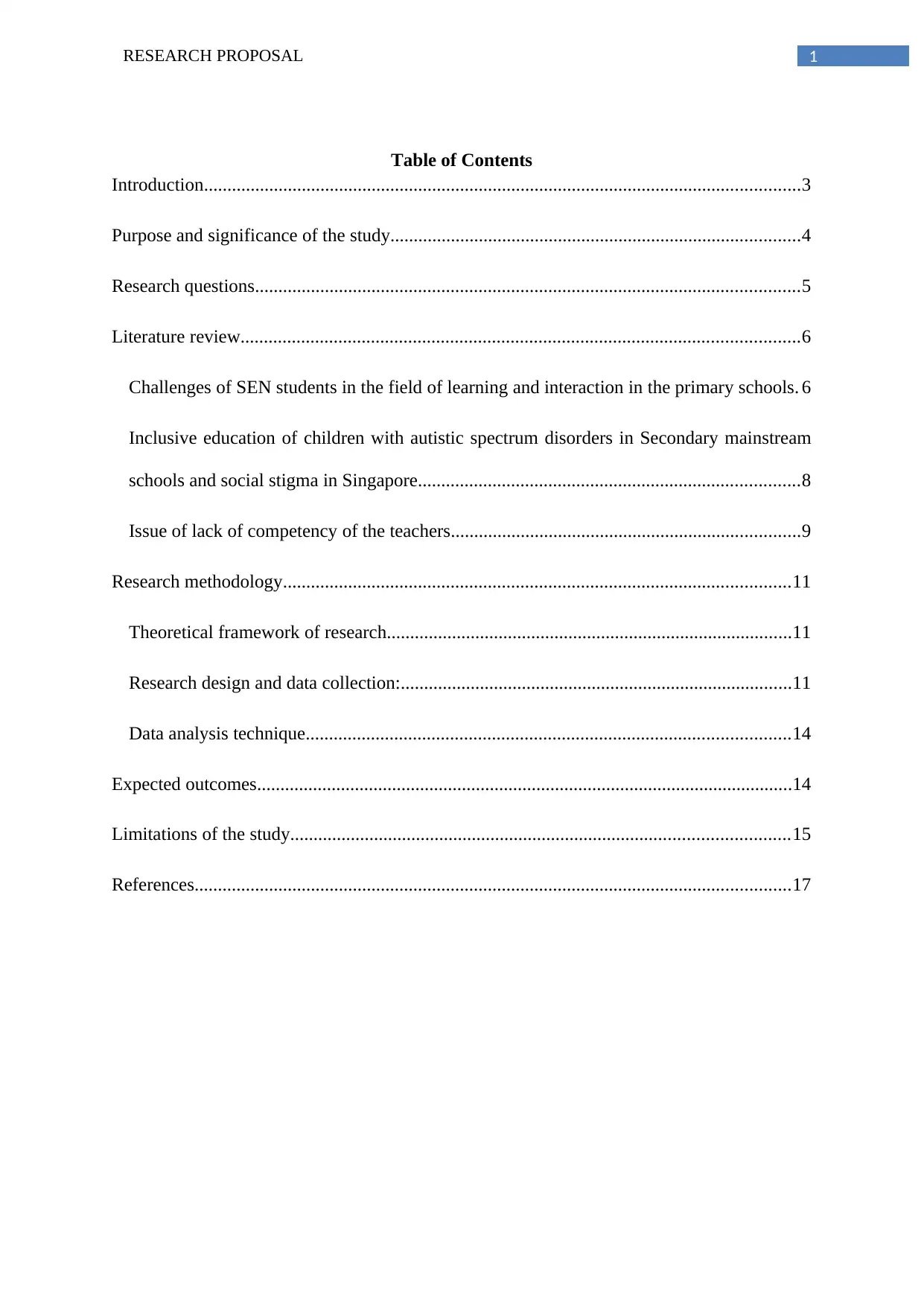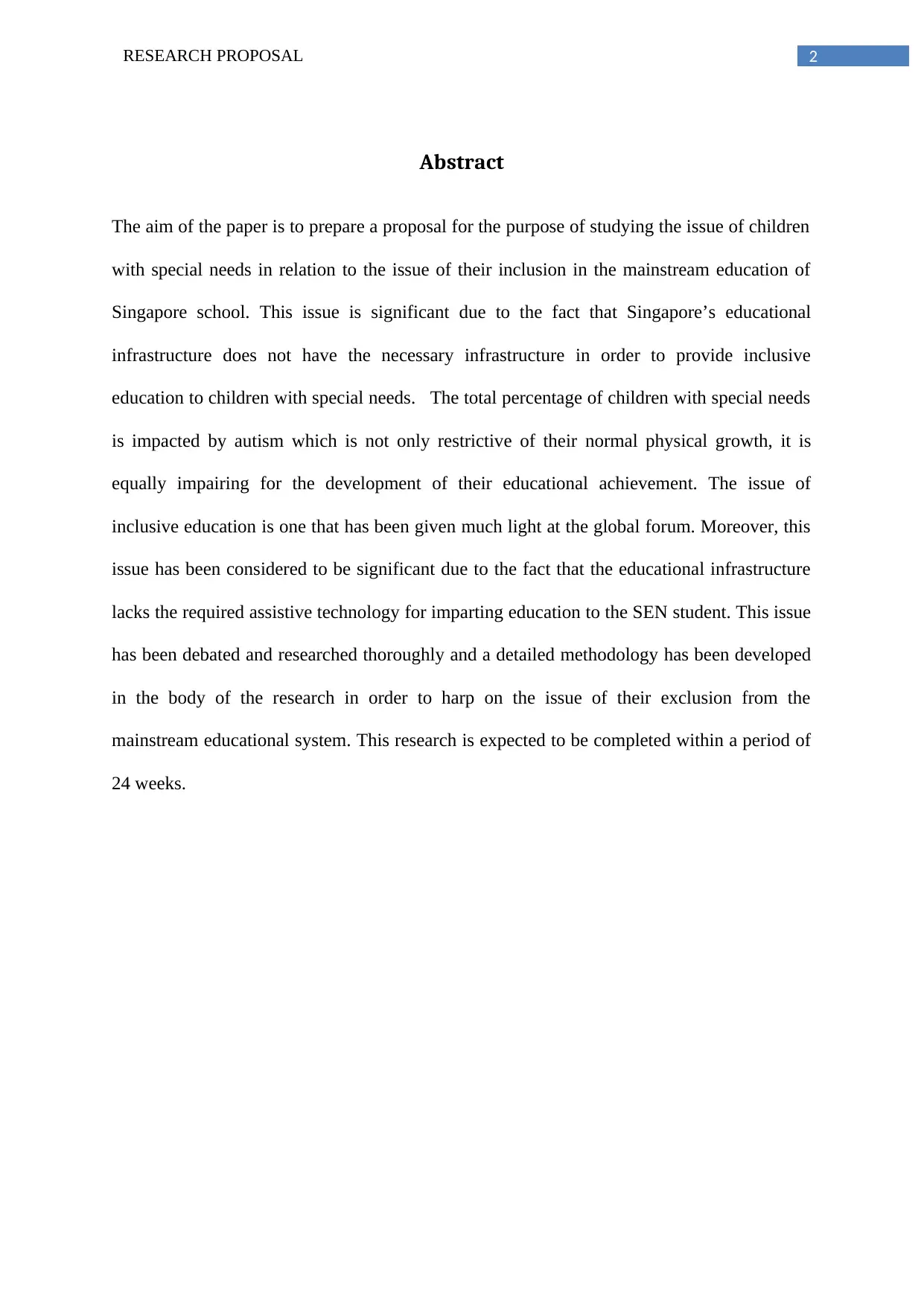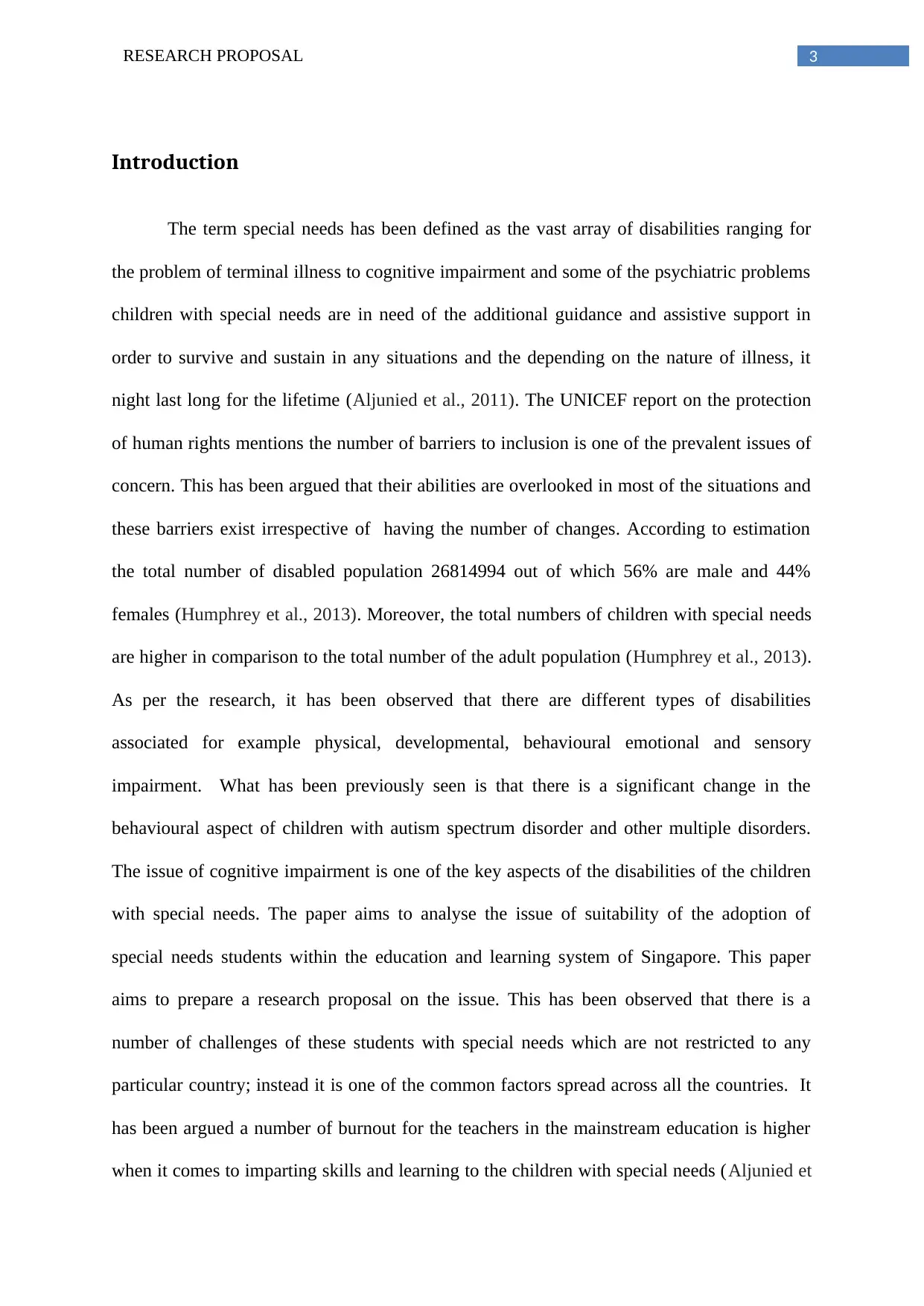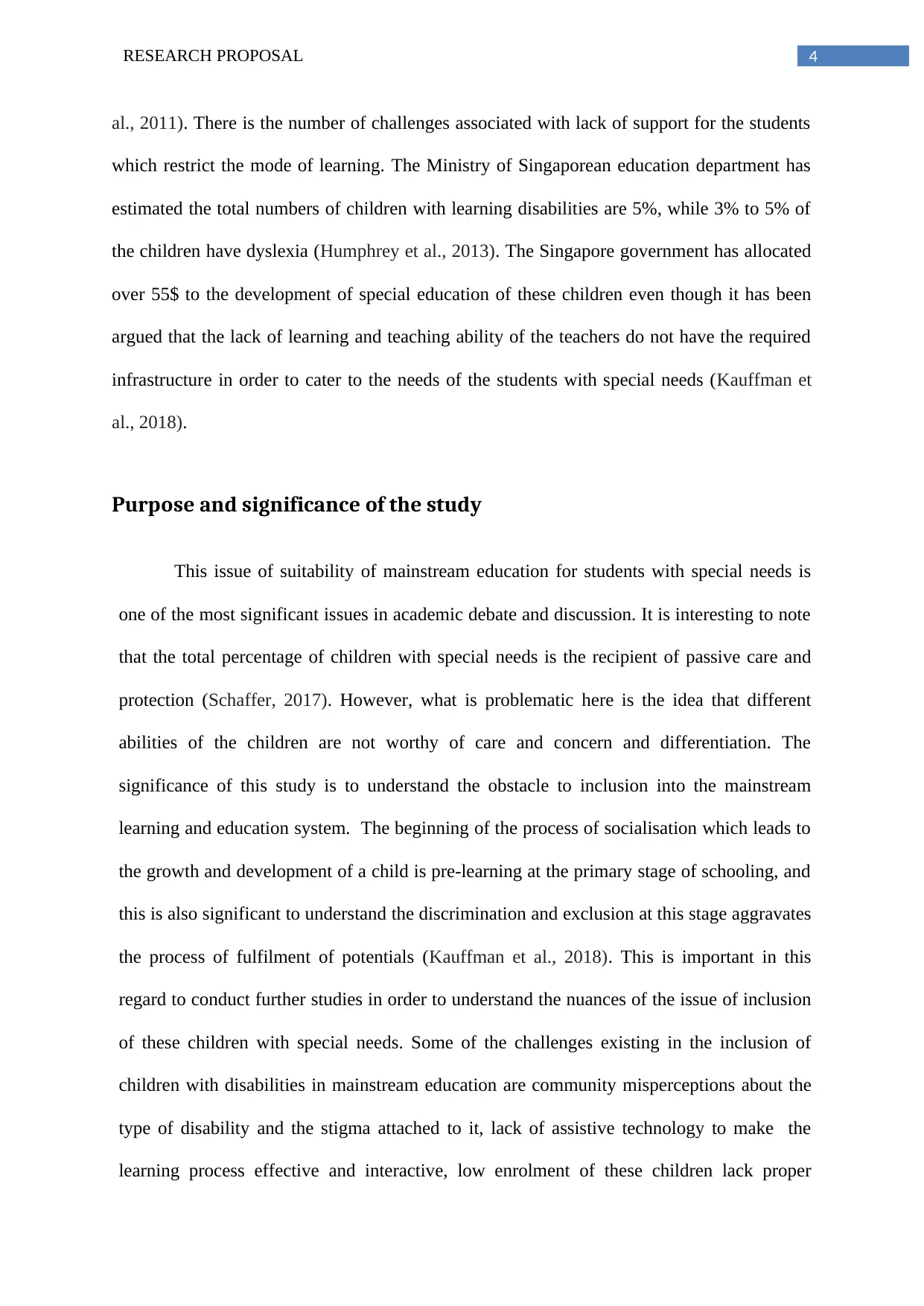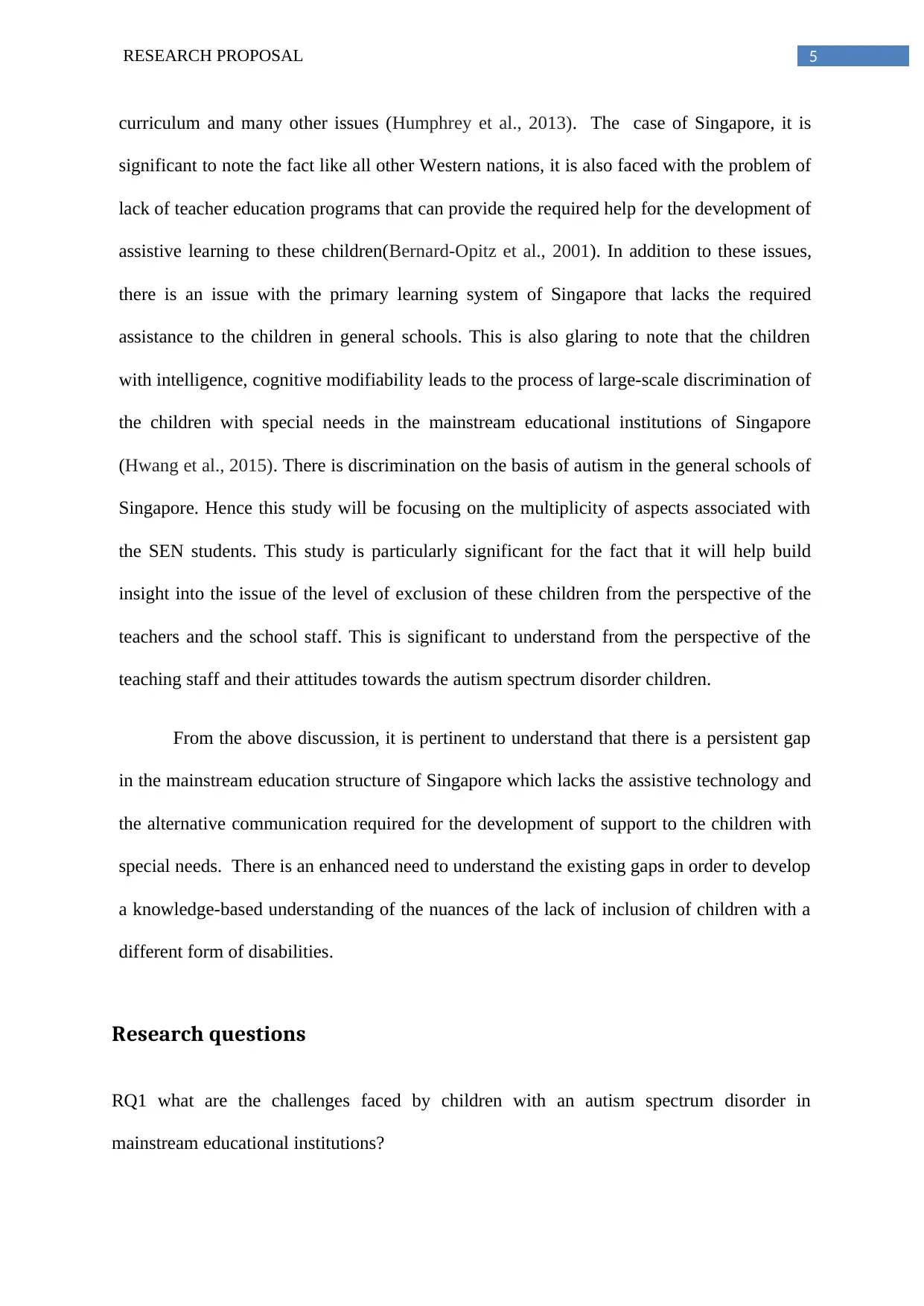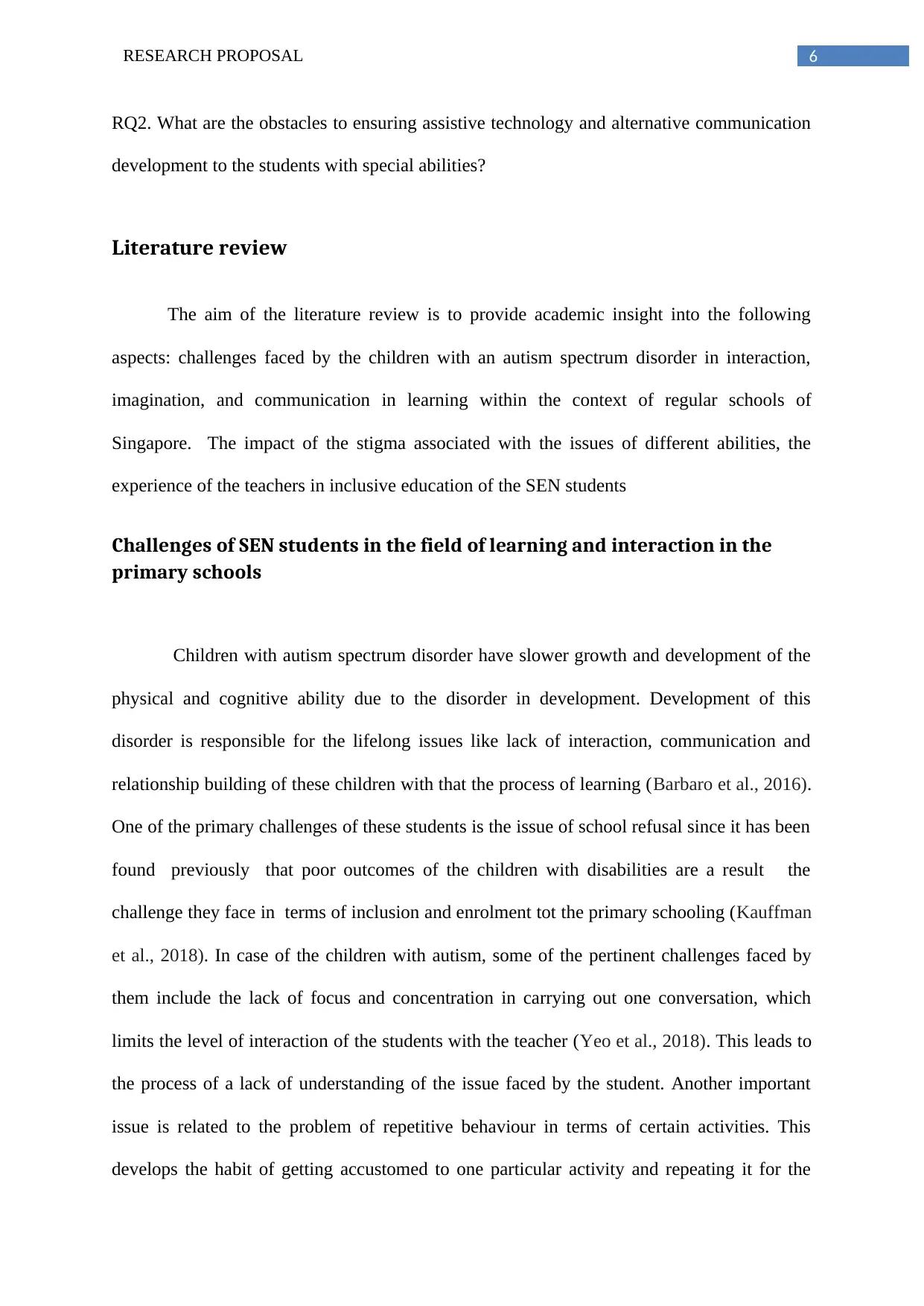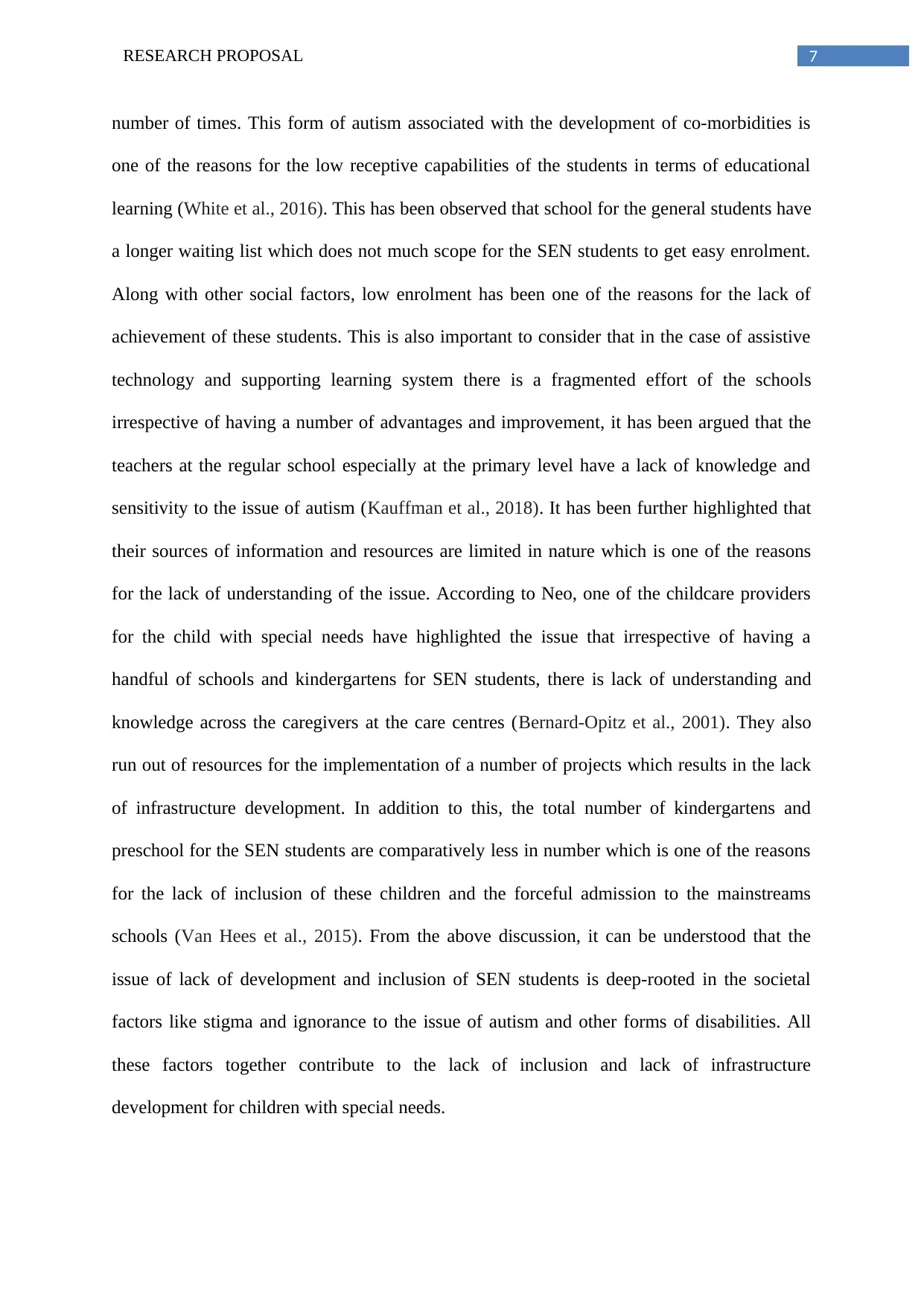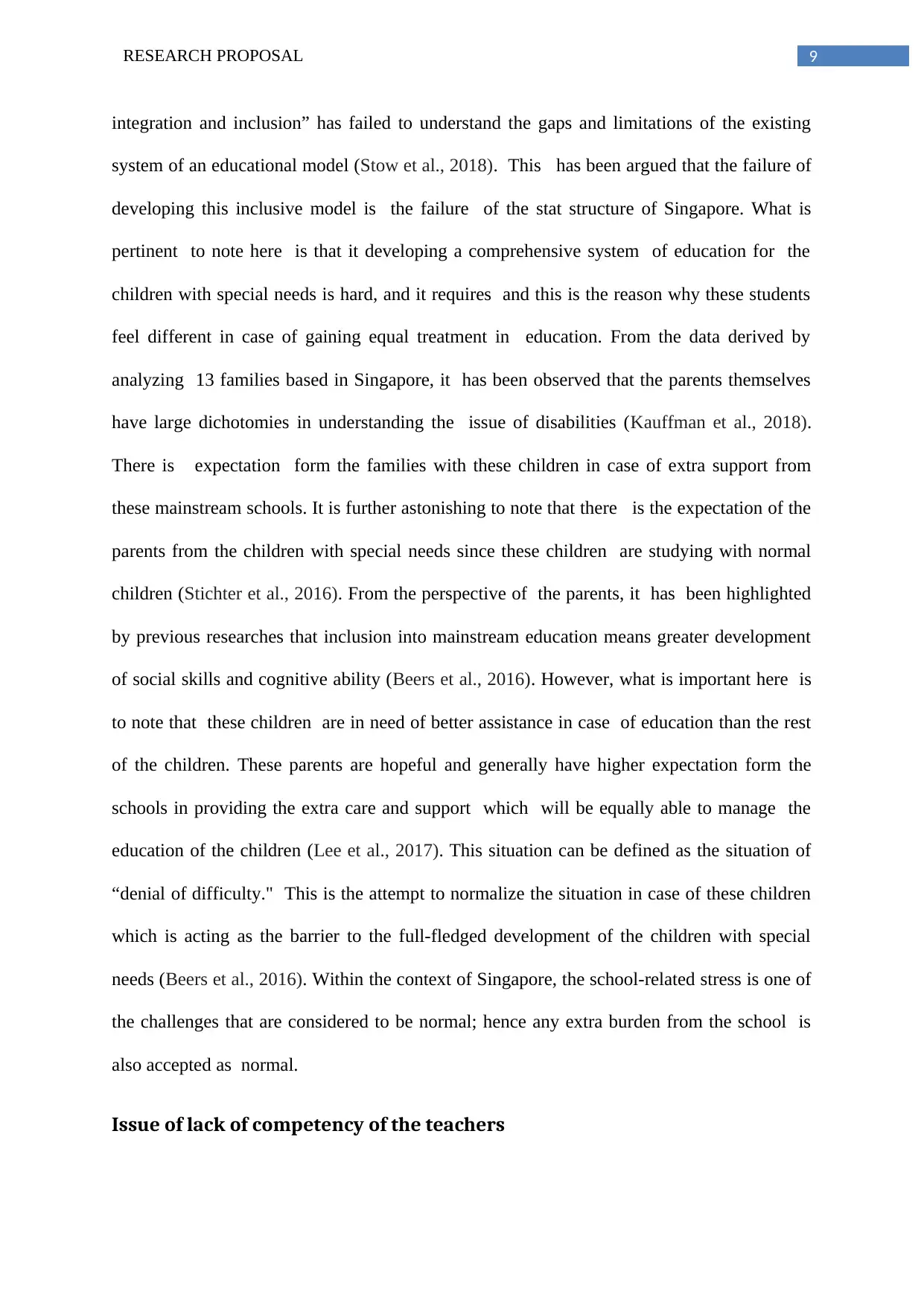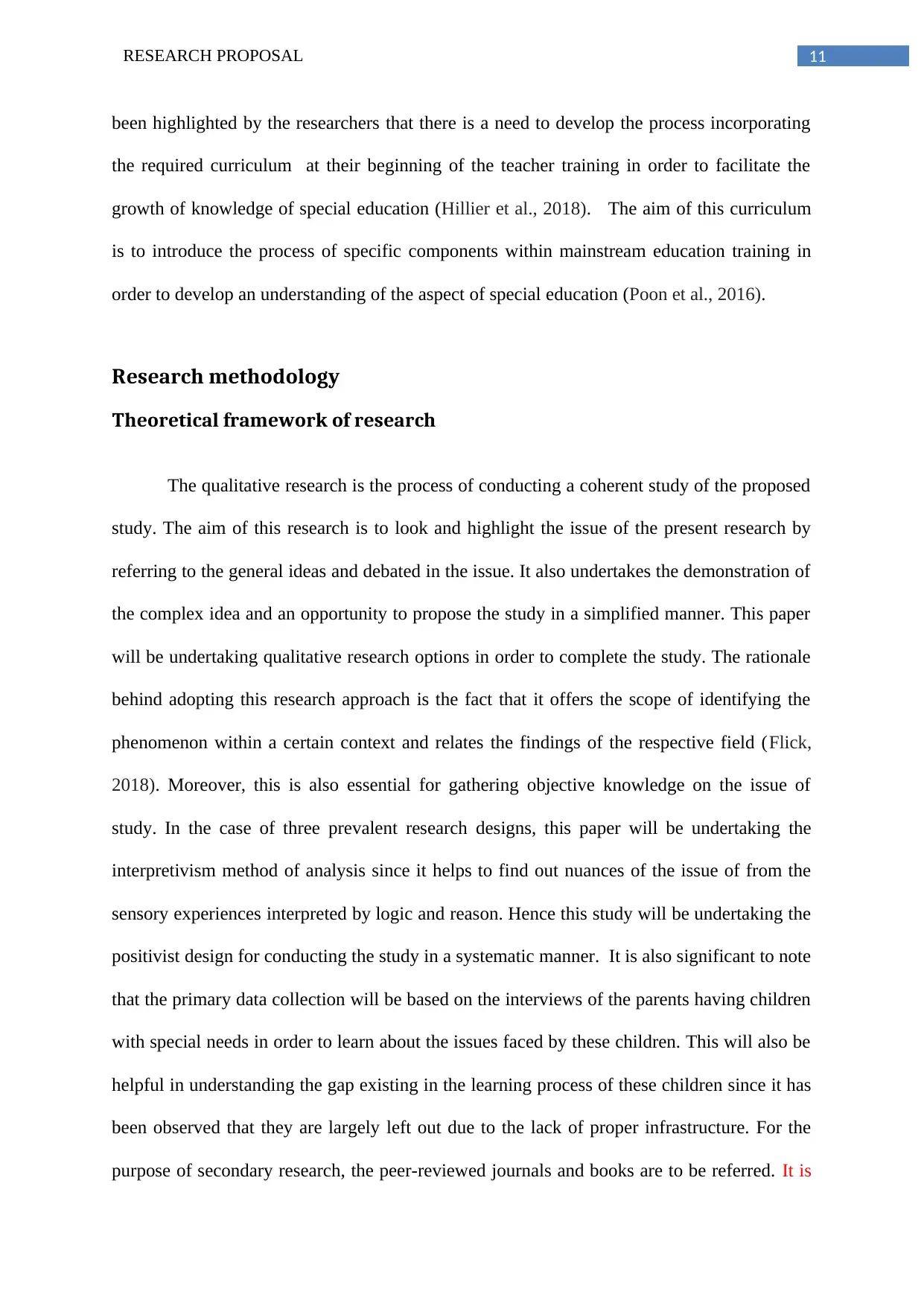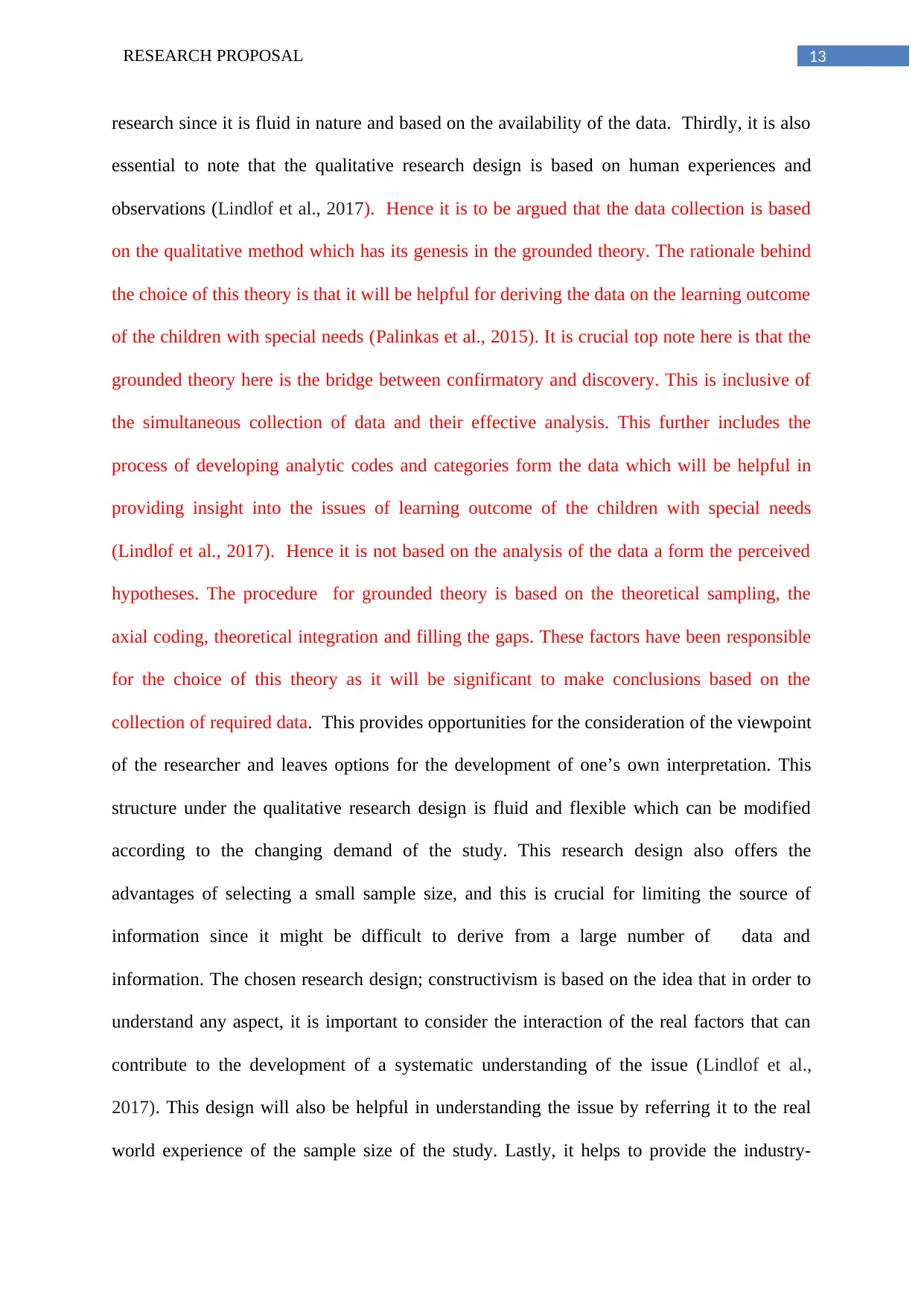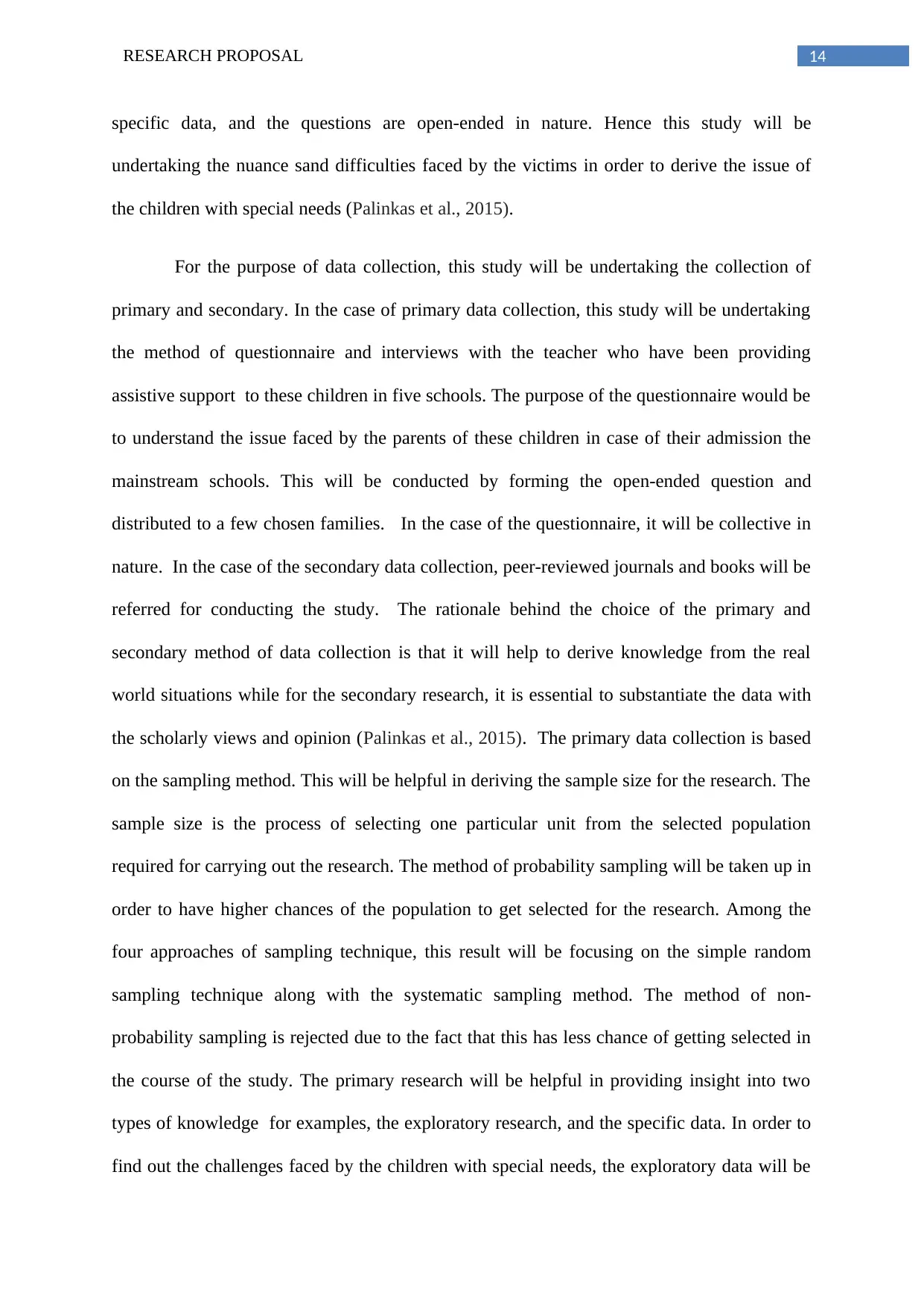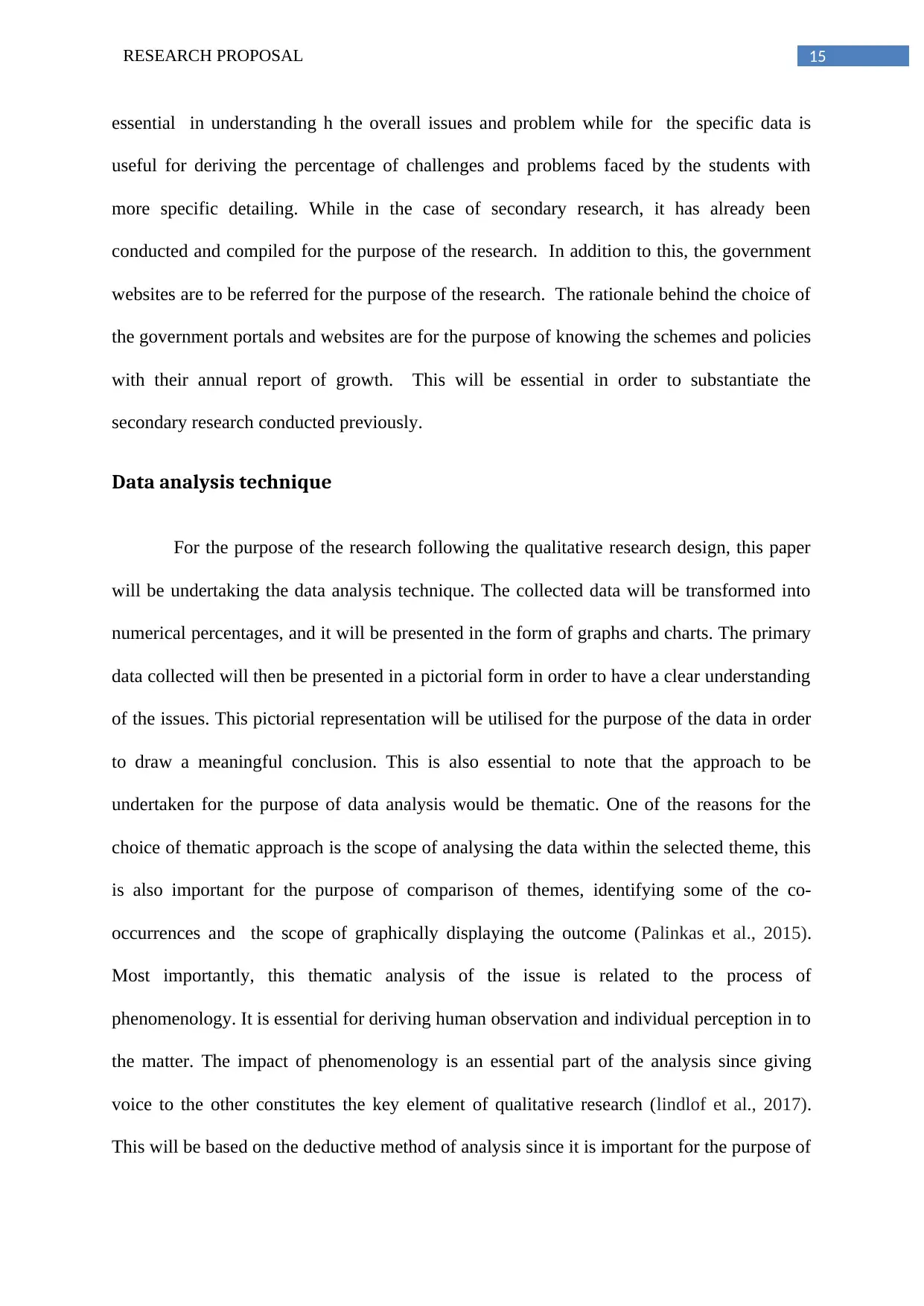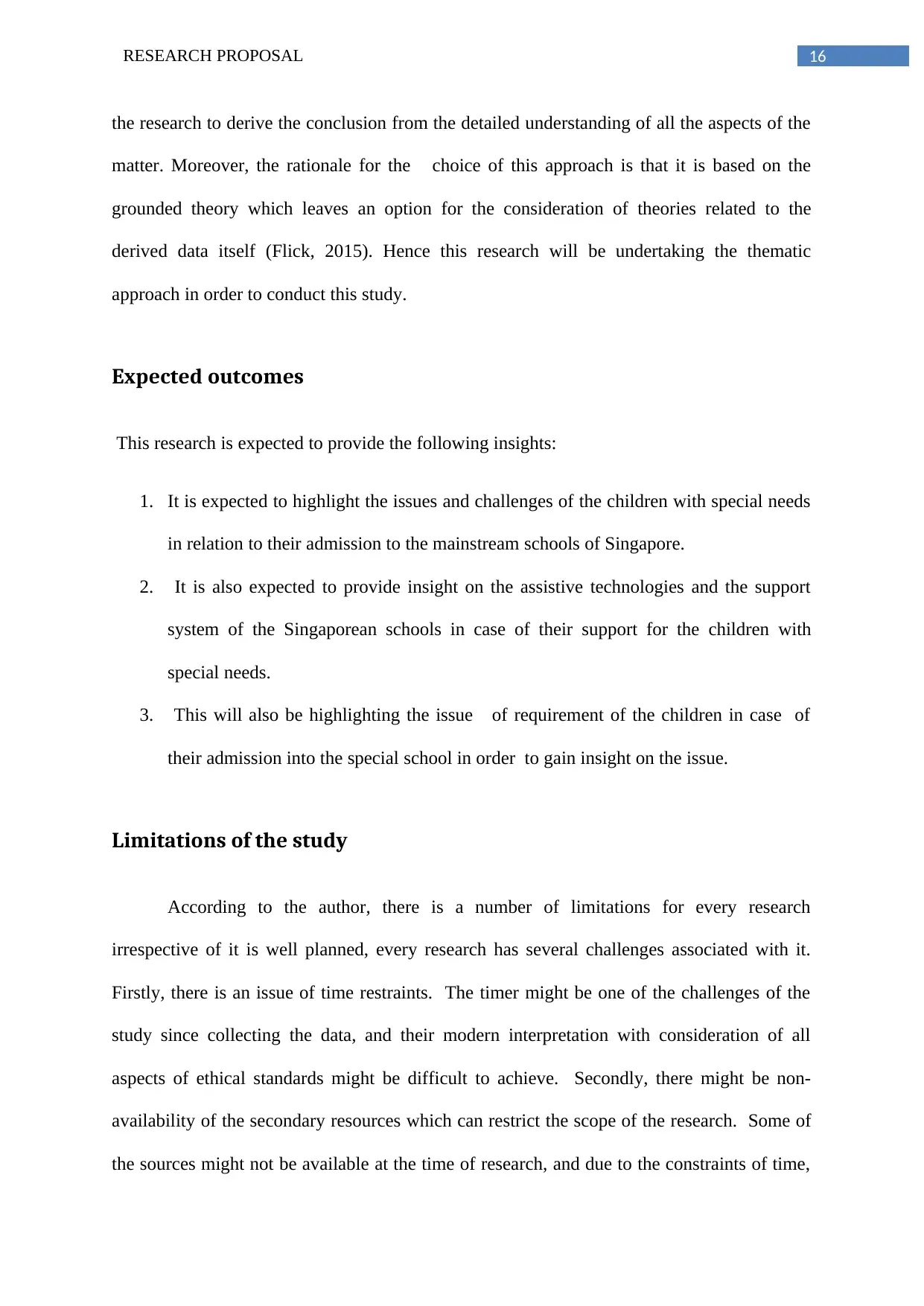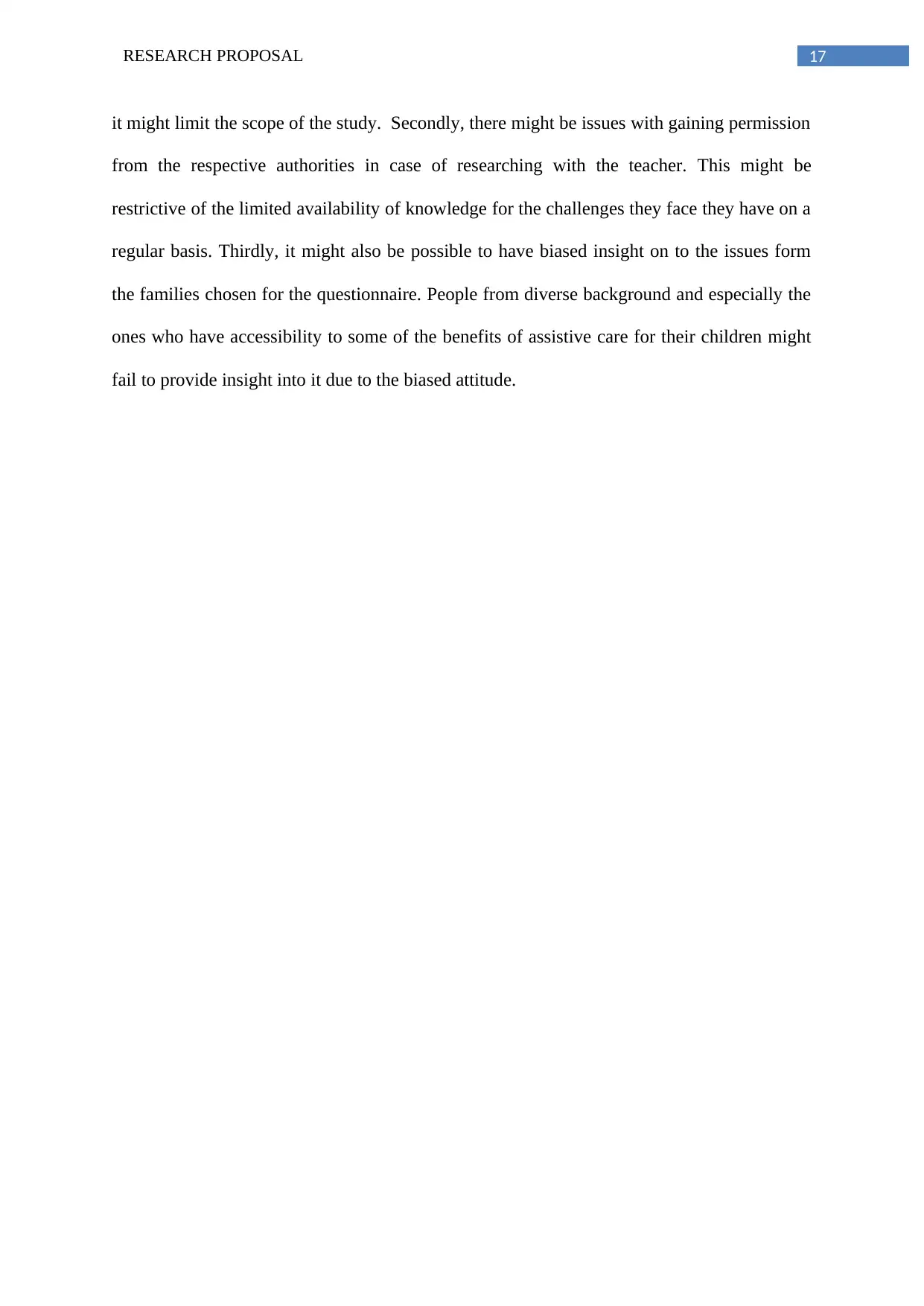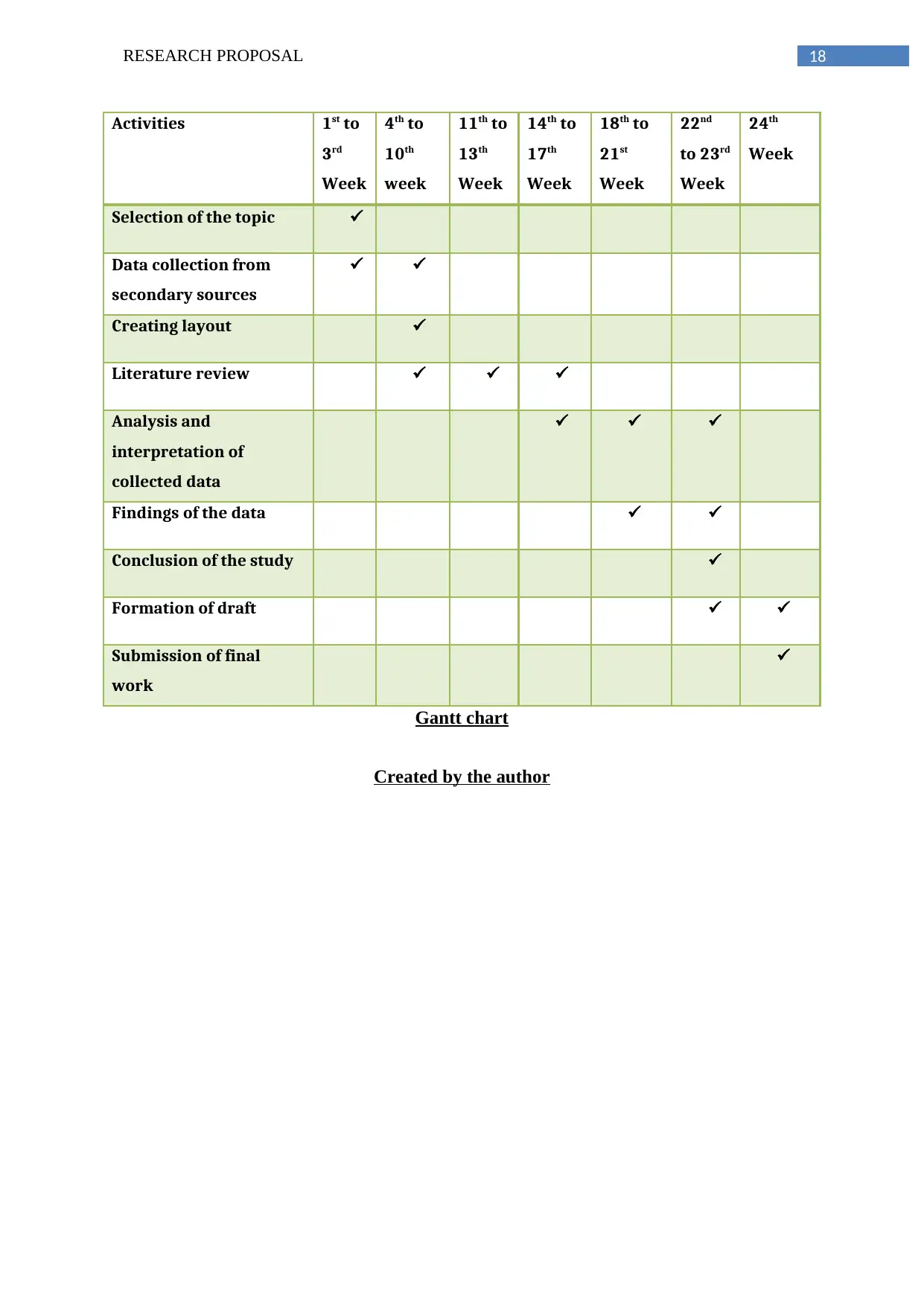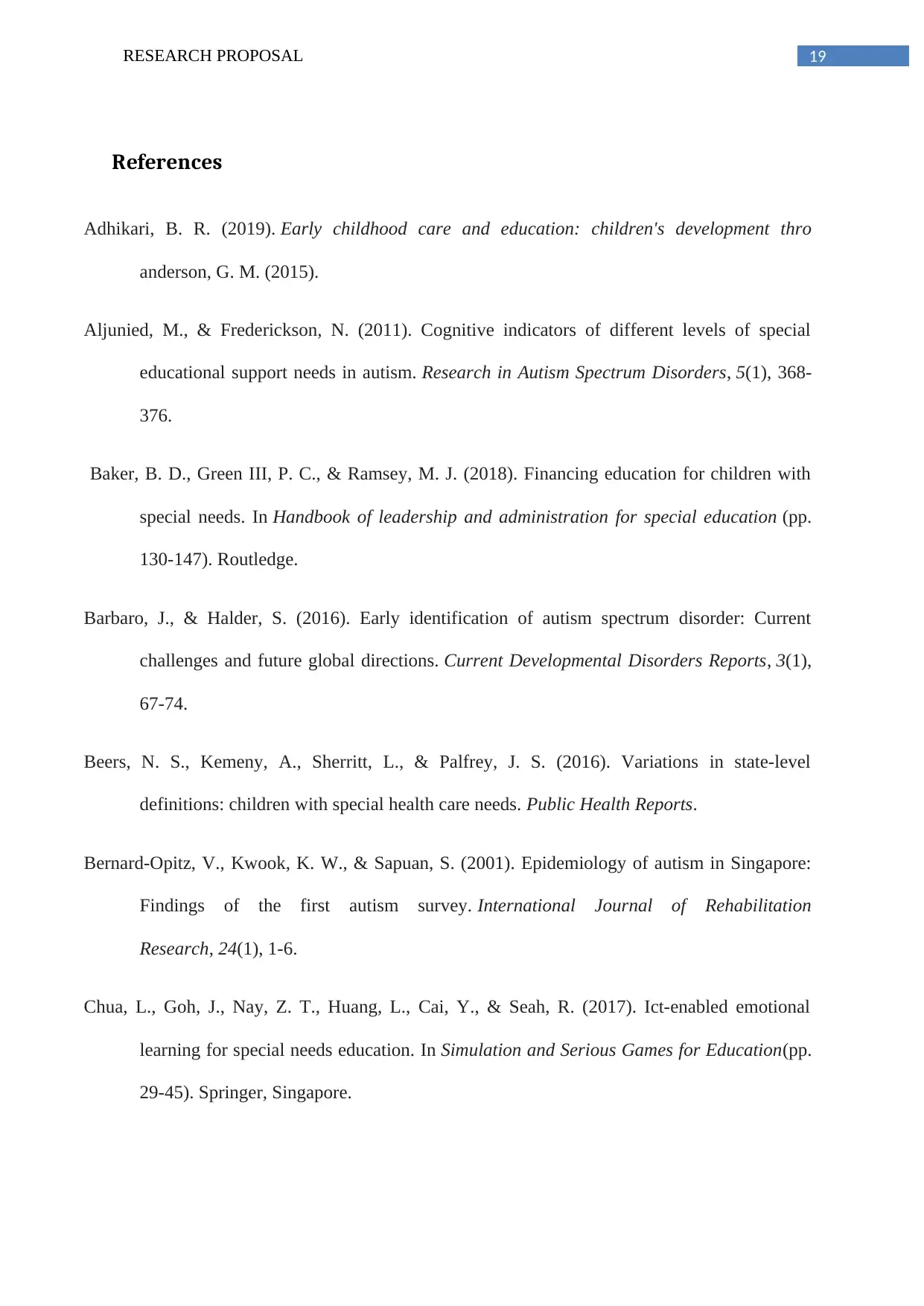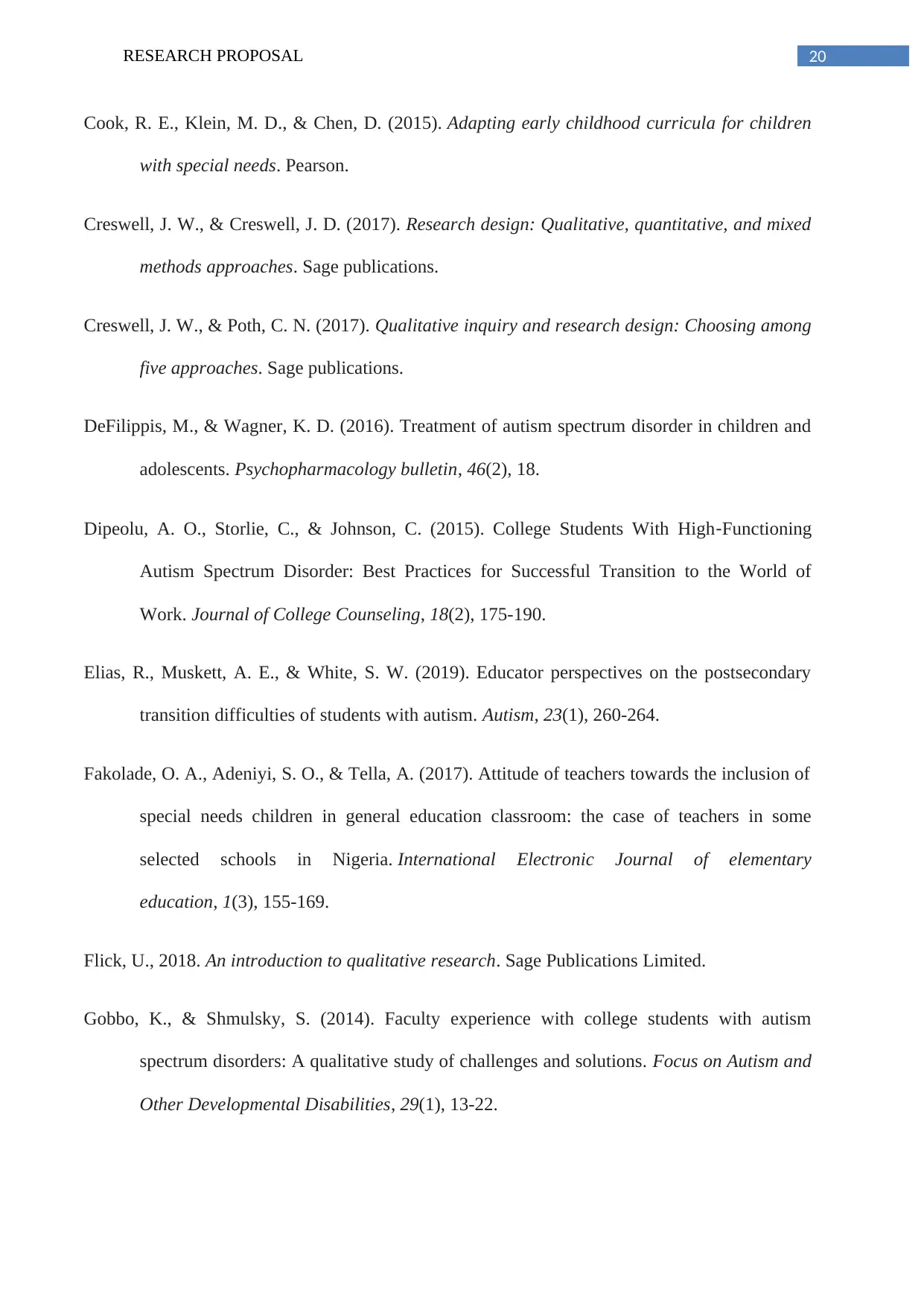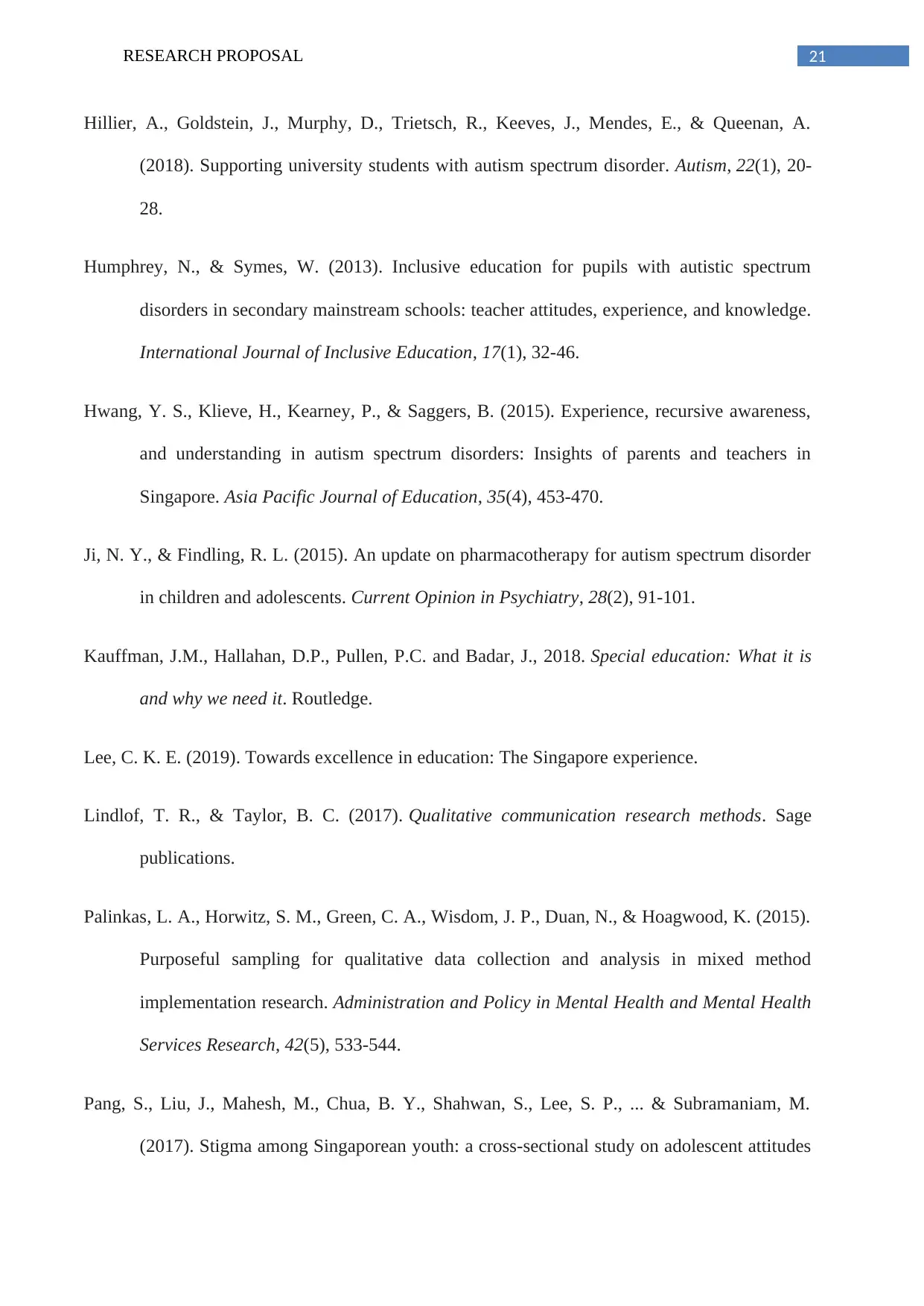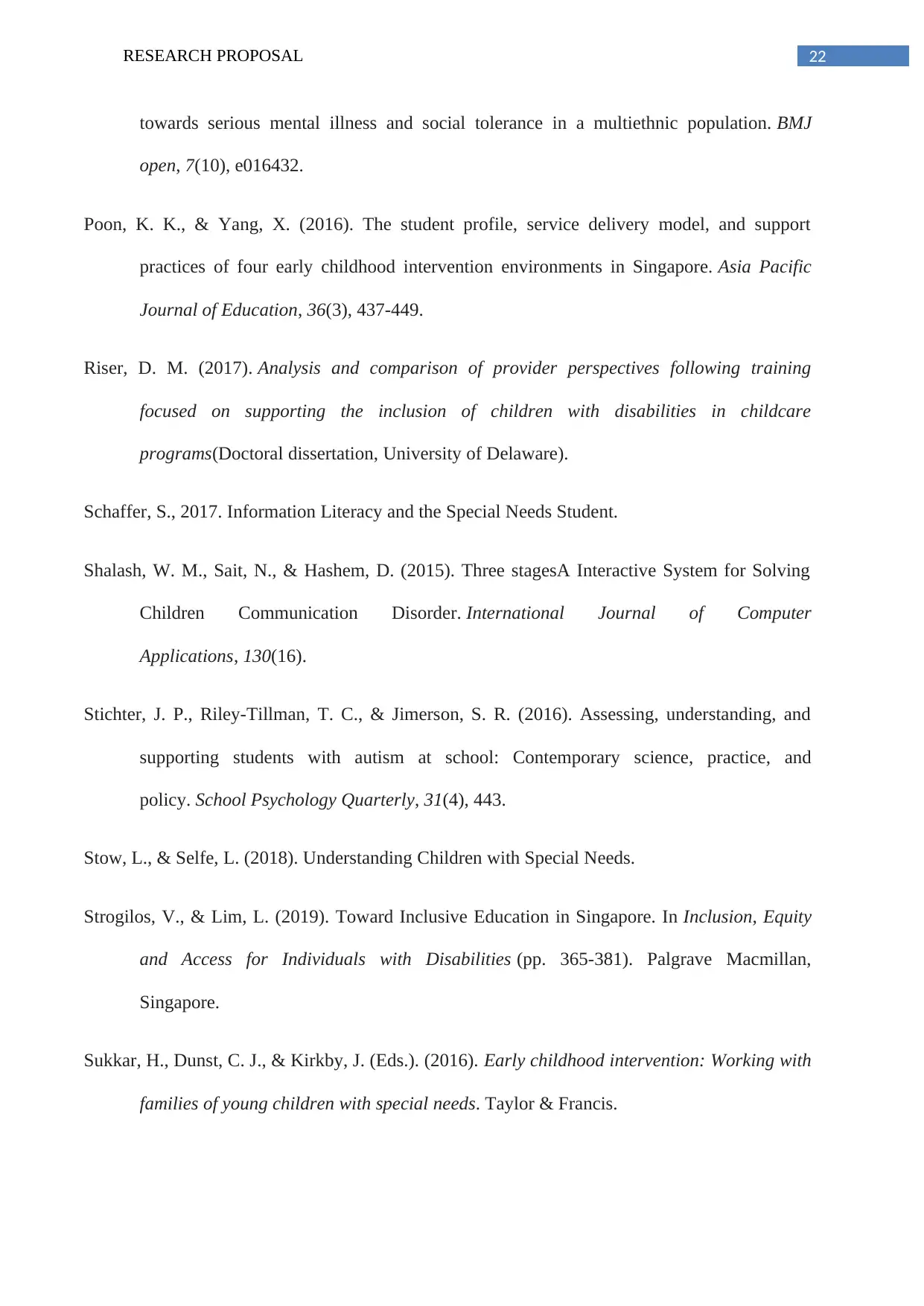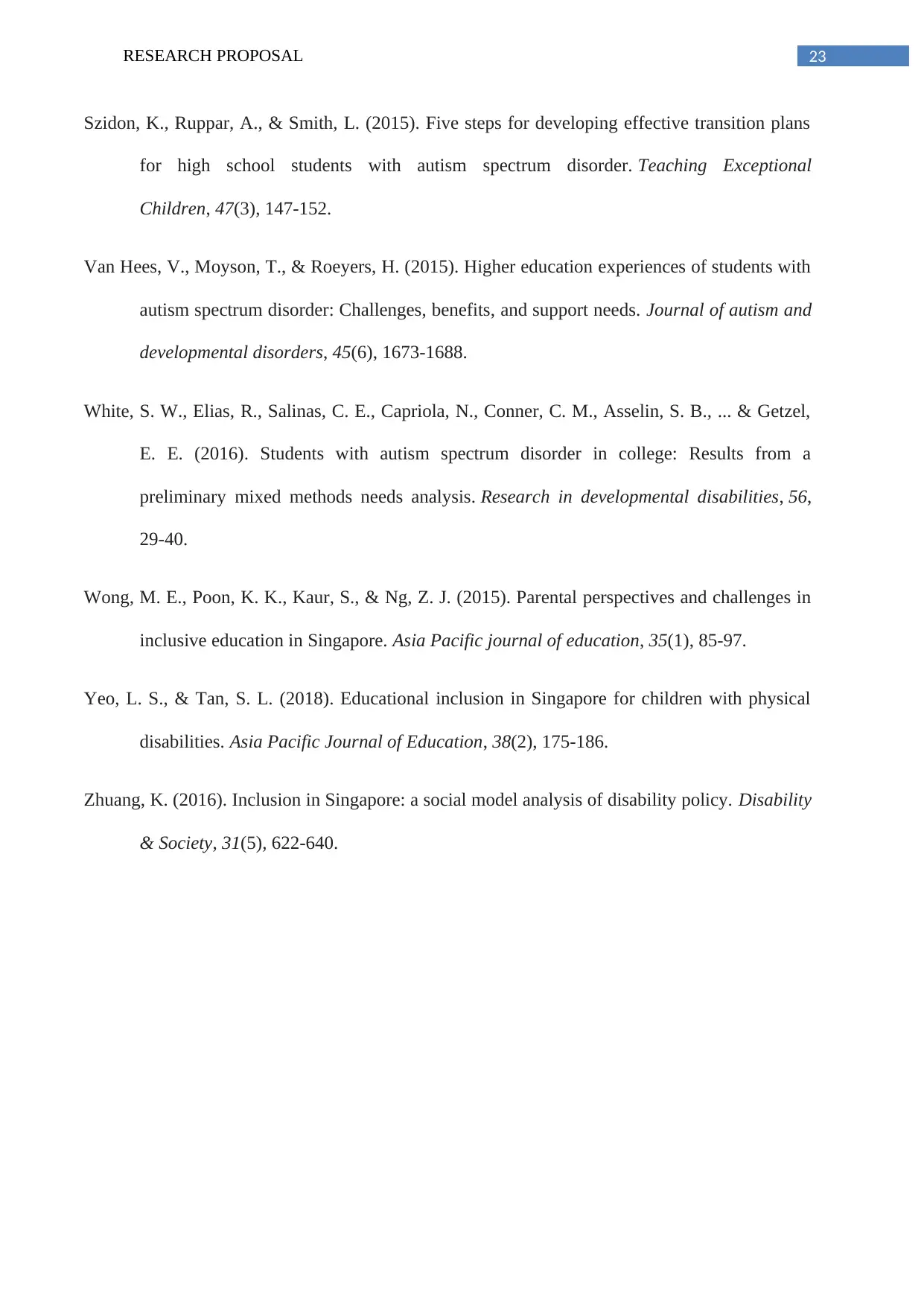This research proposal focuses on the adaptation and experiences of special needs students in the Singapore mainstream education system. It discusses the challenges faced by these students, the issue of inclusive education, and the lack of support and infrastructure. The study aims to understand the obstacles to inclusion and the need for assistive technology. The research questions explore the challenges faced by students with autism spectrum disorder and the barriers to providing assistive technology. The literature review highlights the challenges in learning and interaction in primary schools and the social stigma associated with autism in secondary mainstream schools. The study is significant in understanding the exclusion of special needs students and the gaps in the education system.
![[object Object]](/_next/static/media/star-bottom.7253800d.svg)
![[object Object]](/_next/static/media/star-bottom.7253800d.svg)
